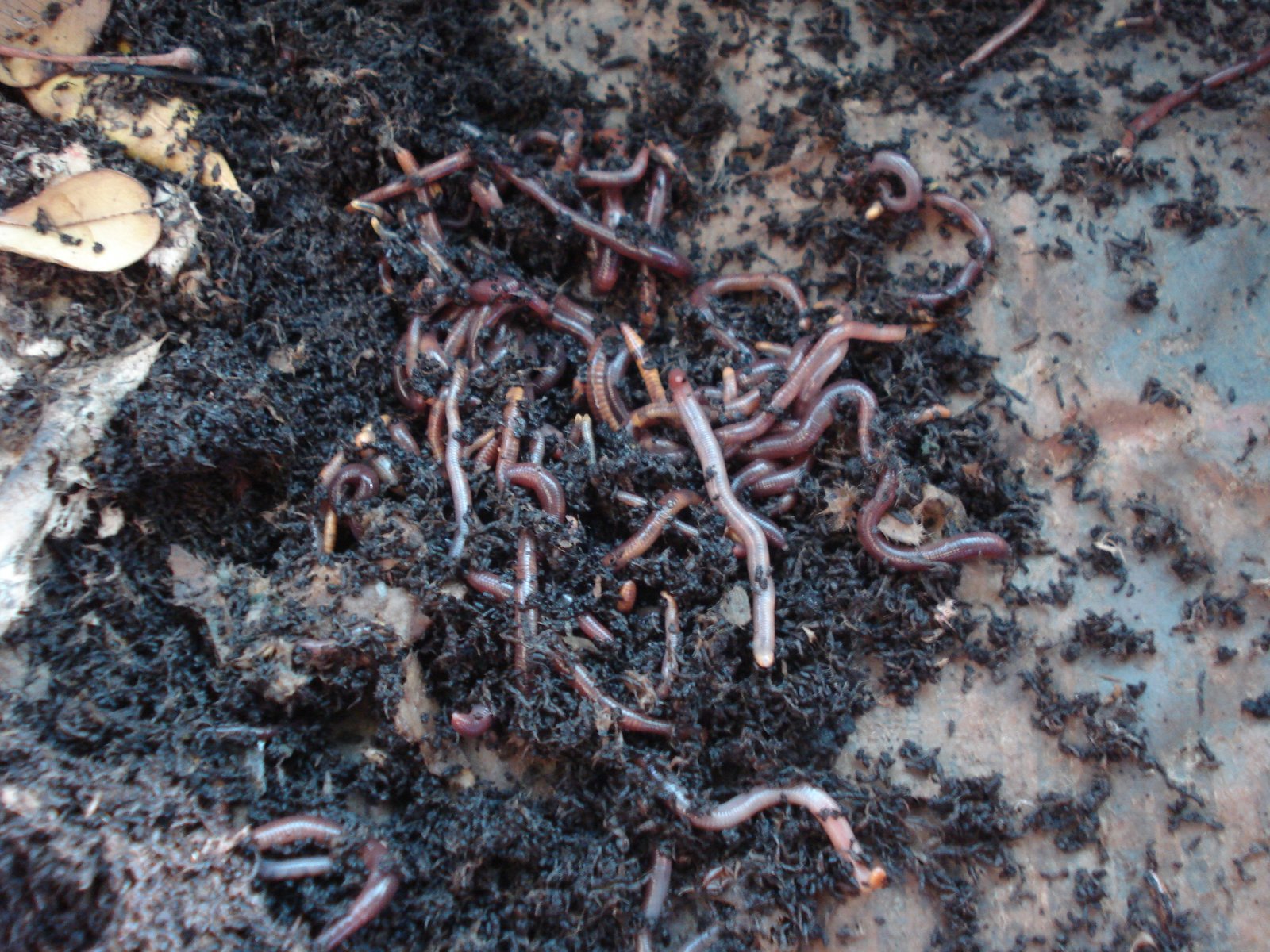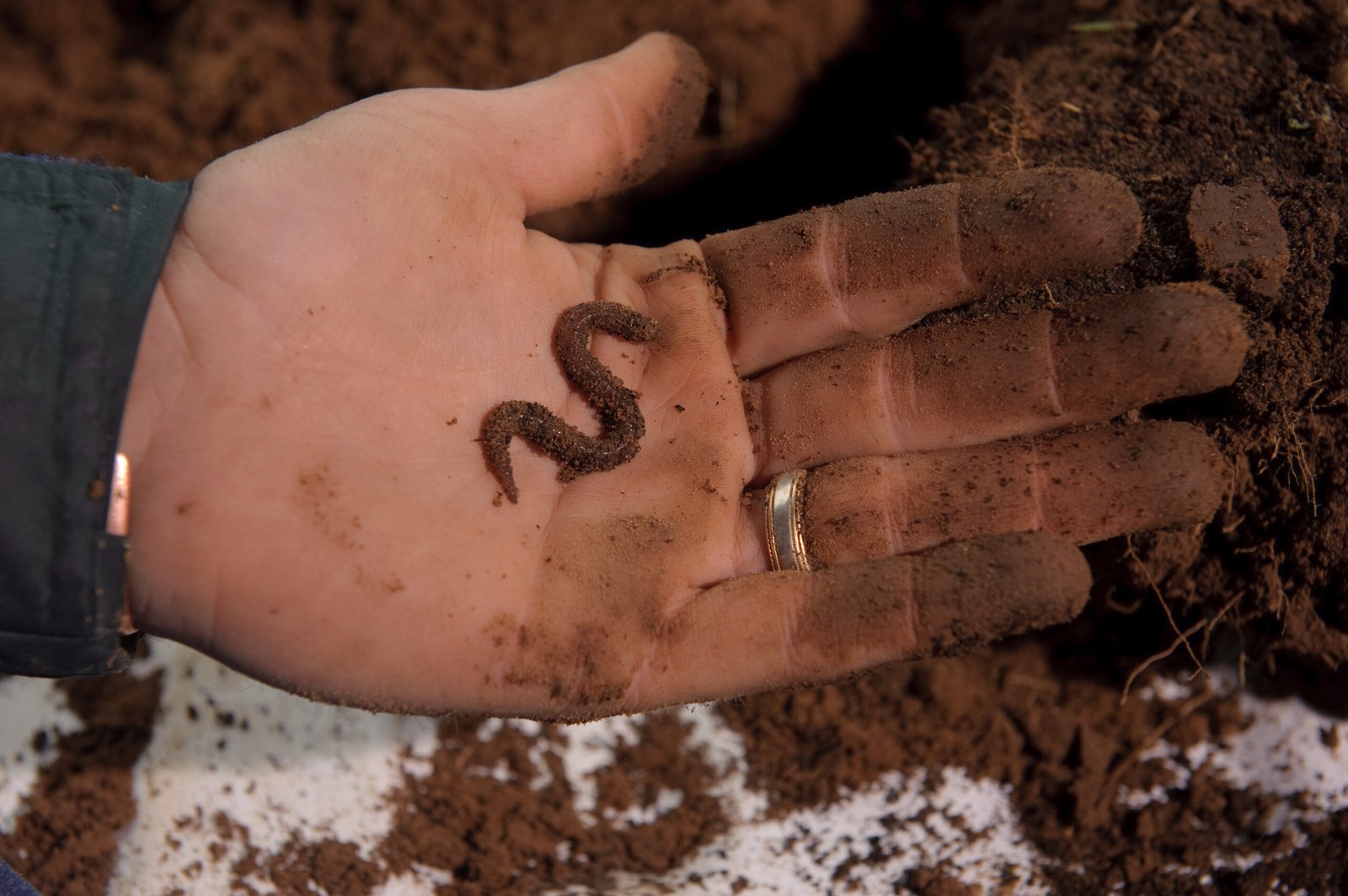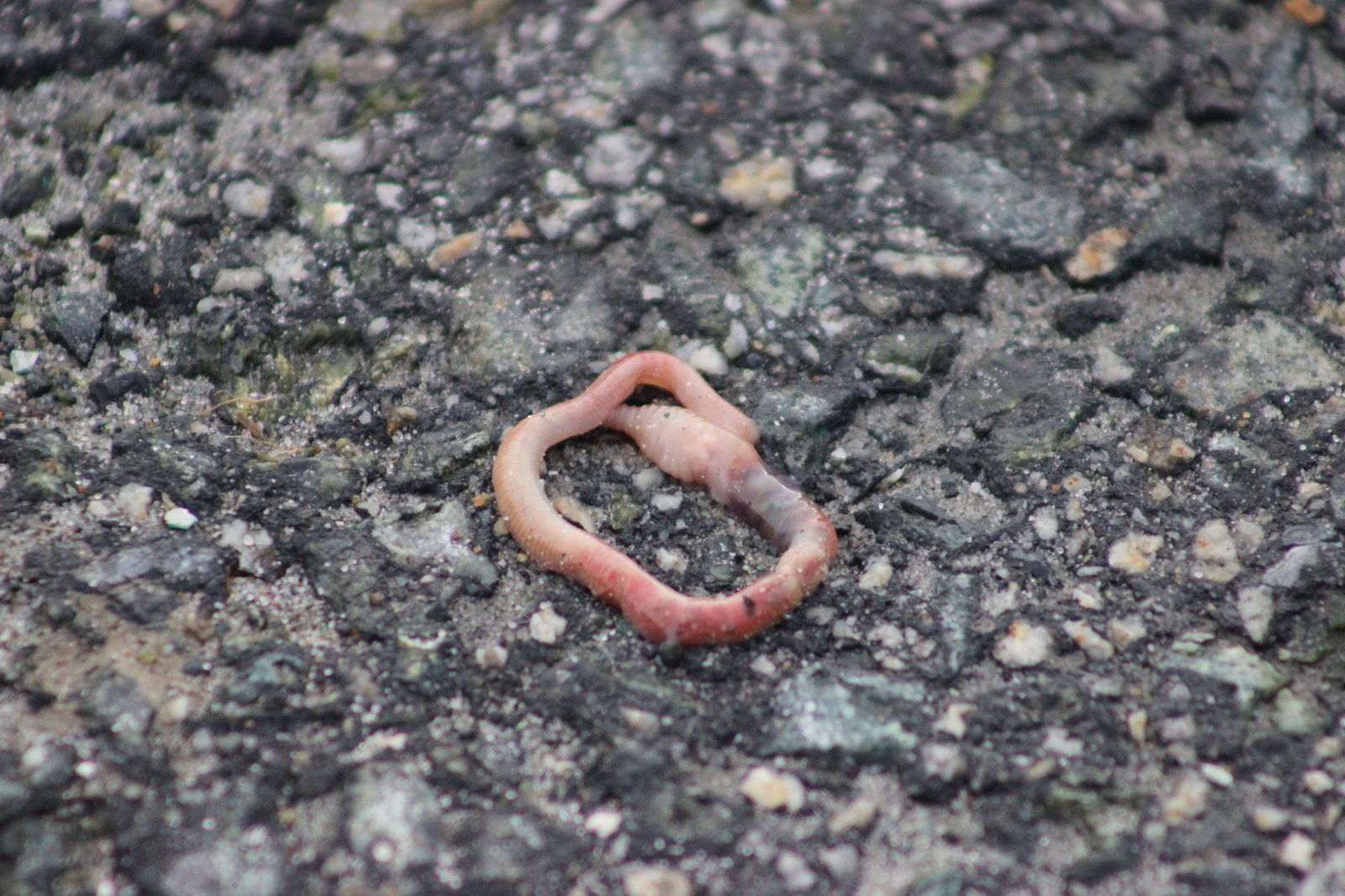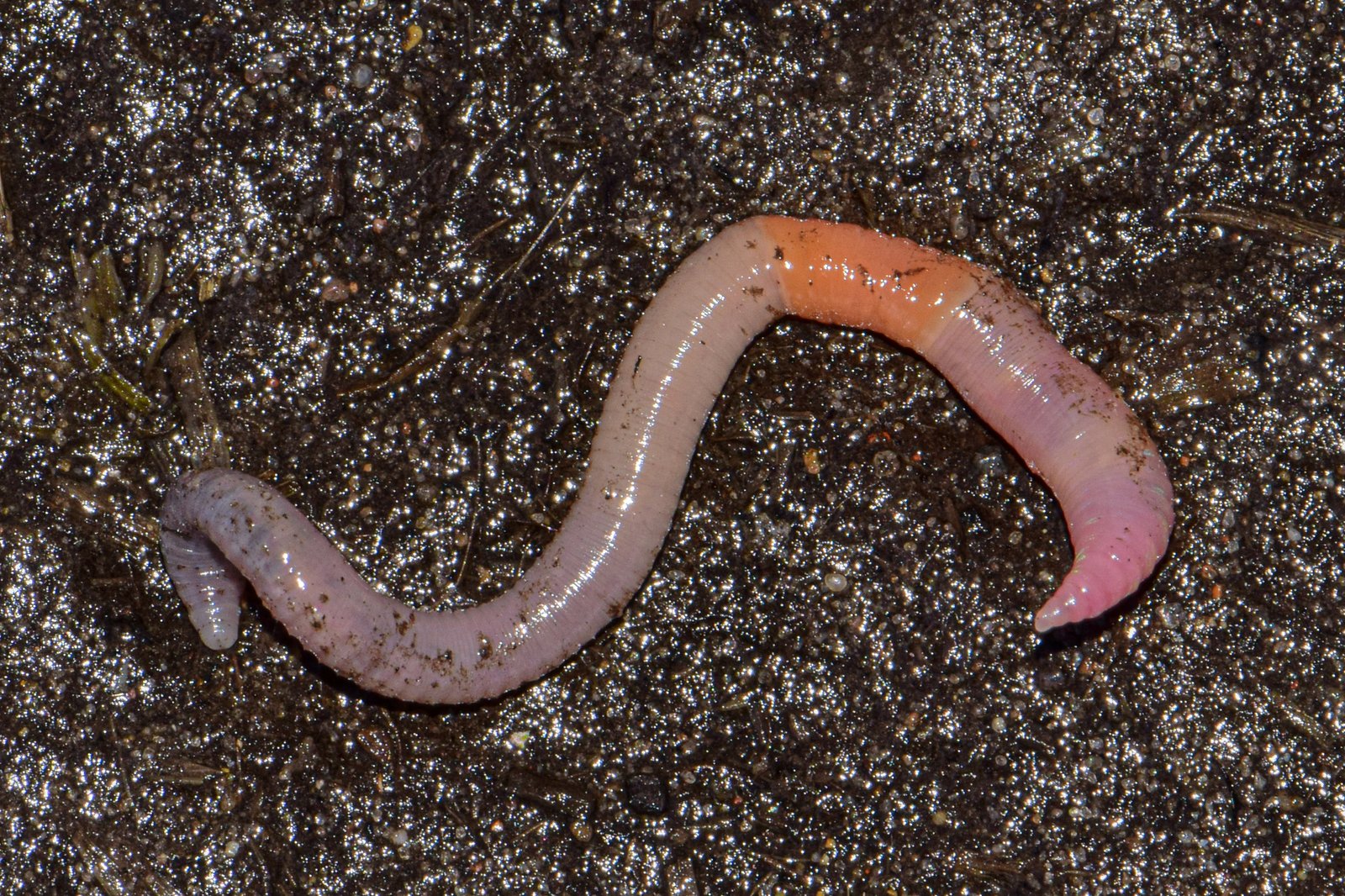Beneath the surface of our gardens, parks, and forests, an unseen army works day and night, sculpting the very ground we walk on. Earthworms, often overlooked and dismissed as simple garden dwellers, are actually master architects of the soil. Their tireless, silent labor creates a world of richness and fertility, quietly transforming barren earth into thriving ecosystems. Imagine a hidden force—small, soft-bodied, but incredibly powerful—reshaping landscapes with nothing but patience and persistence. The story of earthworms is one of surprising influence, humble heroics, and natural wonder, all unfolding just out of sight beneath our feet.
The Unsung Heroes of the Underground
Earthworms may appear insignificant, but their impact on soil health is absolutely profound. While birds, insects, and mammals grab our attention above ground, these creatures work in secret, making life possible for countless plants and animals. Earthworms are nature’s ultimate recyclers, consuming dead plant material and returning it to the earth as nutrient-rich castings. This constant process of breakdown and renewal is essential for maintaining the fertility and structure of soil. Without earthworms, many ecosystems would struggle to thrive, and the food web would be thrown off balance. Their quiet presence is a testament to the power of small things making a big difference.
Masters of Digging and Aeration
As earthworms tunnel through the soil, they create intricate networks of passageways that serve many purposes. These tunnels are not random but strategic, improving soil aeration and allowing air to penetrate deeper into the earth. This oxygen-rich environment is crucial for the roots of plants, as well as for countless microorganisms that depend on oxygen to survive. The tunnels also help water flow more freely through the soil, reducing runoff and preventing erosion. In this way, earthworms act like natural engineers, maintaining the balance and structure of the soil in ways that benefit all living things above and below ground.
Turning Waste into Treasure: The Art of Vermicomposting

Earthworms have an extraordinary ability to transform waste into something valuable. Through a process known as vermicomposting, they consume decaying leaves, vegetable scraps, and other organic matter. As these materials pass through the earthworm’s digestive system, they are broken down and enriched with nutrients. The result is worm castings, a type of natural fertilizer that is prized by gardeners for its ability to boost plant growth. This process not only reduces the amount of organic waste in the environment but also creates a sustainable cycle of renewal. Vermicomposting has become a popular method for eco-conscious gardeners, demonstrating the practical power of earthworms in action.
The Soil’s Natural Mixers

Earthworms are sometimes called “nature’s plows” because of the way they mix soil layers as they move. As they travel, they pull organic material from the surface deep into the ground, blending it with mineral particles below. This mixing action distributes nutrients more evenly throughout the soil profile, making them accessible to plant roots at all depths. The result is a richer, more balanced soil that supports healthier, more resilient plant life. This natural tilling process is far gentler and more effective than mechanical plowing, which can disrupt soil structure and lead to erosion. The earthworm’s gentle touch keeps the soil’s delicate balance intact.
Boosting Soil Fertility: The Power of Castings

Worm castings, often referred to as “black gold” by gardeners, are a potent natural fertilizer. These castings are packed with essential nutrients such as nitrogen, phosphorus, and potassium, which plants need to grow strong and healthy. Unlike synthetic fertilizers, worm castings release their nutrients slowly, providing a steady supply of nourishment over time. Additionally, they contain beneficial microbes that help plants absorb nutrients more efficiently. By enriching the soil with these high-quality castings, earthworms help create the perfect environment for seeds to sprout and gardens to flourish. It’s a quiet kind of magic, happening every day under our feet.
Creating Habitats for Soil Life
The tunnels and castings left behind by earthworms do more than just benefit plants—they also create habitats for a multitude of other soil organisms. Bacteria, fungi, insects, and even small animals find shelter and food within the complex underground maze built by earthworms. This biodiversity is vital for soil health, as each creature plays a unique role in breaking down organic matter, cycling nutrients, and controlling pests. The presence of earthworms is often a sign of a healthy, vibrant soil ecosystem where life thrives in abundance. Their work lays the foundation for a living, breathing world beneath our feet.
Earthworms and Plant Growth: A Symbiotic Relationship
Plants and earthworms have developed a relationship that benefits both parties. As earthworms tunnel and feed, they create channels for roots to grow more easily and access water and nutrients. In return, plants provide the organic material that earthworms need for food. This partnership leads to faster plant growth, stronger root systems, and increased resistance to disease. In agricultural settings, fields teeming with earthworms often yield larger, healthier crops, reducing the need for chemical fertilizers and pesticides. The symbiosis between earthworms and plants is a beautiful example of how nature’s connections drive resilience and productivity.
Defenders Against Soil Erosion

Soil erosion is a major threat to agriculture and the environment, stripping away fertile layers and leaving land barren. Earthworms help combat this problem by binding soil particles together with their castings and by creating channels that allow water to soak in rather than wash away the surface. Their activity helps stabilize the ground, preventing soil from being carried away by wind or rain. In areas prone to erosion, the presence of earthworms can make a dramatic difference, preserving the landscape and protecting valuable farmland. Their work as silent guardians often goes unnoticed, but its impact is felt wherever soil health is at risk.
Indicators of Soil Health

The presence and diversity of earthworms in an area are often used as indicators of soil health. Soils rich in earthworms are typically fertile, well-aerated, and teeming with life. Conversely, their absence can signal problems such as pollution, compaction, or a lack of organic matter. Scientists and farmers alike use earthworm counts to assess the quality of soil and guide management practices. By paying attention to these humble creatures, we gain valuable insight into the overall well-being of the land. Earthworms serve as a living barometer, quietly reflecting the state of the ecosystem beneath our feet.
Threats Facing Earthworm Populations

Despite their resilience, earthworms face a number of challenges in today’s world. Pesticides, soil pollution, over-tilling, and habitat destruction can all reduce their numbers and disrupt their important work. Climate change, with its shifting temperatures and rainfall patterns, also poses a threat to earthworm populations worldwide. When earthworms decline, the health of entire ecosystems can suffer, leading to poorer soil quality and reduced plant growth. It’s a stark reminder of how interconnected life is, and how easily the balance can be upset. Protecting earthworms means protecting the very foundation of fertile land and healthy food systems.
Simple Ways to Support Earthworms in Your Garden
Anyone can help earthworms thrive with just a few simple steps. Avoiding chemical pesticides and fertilizers, adding organic matter like compost or mulch, and minimizing soil disturbance are all ways to create a worm-friendly environment. Planting a diverse array of plants also encourages earthworm activity by providing them with a steady supply of food. Even something as simple as leaving fallen leaves on the ground in autumn can make a difference. By supporting these remarkable creatures, we can nurture richer, healthier soil and more vibrant gardens. Every gardener has the power to become an ally to earthworms and the life they sustain.
The Hidden World Beneath Our Feet

Earthworms may be out of sight, but they are never out of action. Their relentless work creates the fertile, living soils that make life on land possible. As we walk through forests, fields, and gardens, we are treading on a world shaped by their unseen efforts. The story of earthworms is a powerful reminder that some of nature’s greatest wonders happen where we least expect them—quietly, persistently, and with astonishing results. When was the last time you thought about the tiny engineers beneath your feet?




